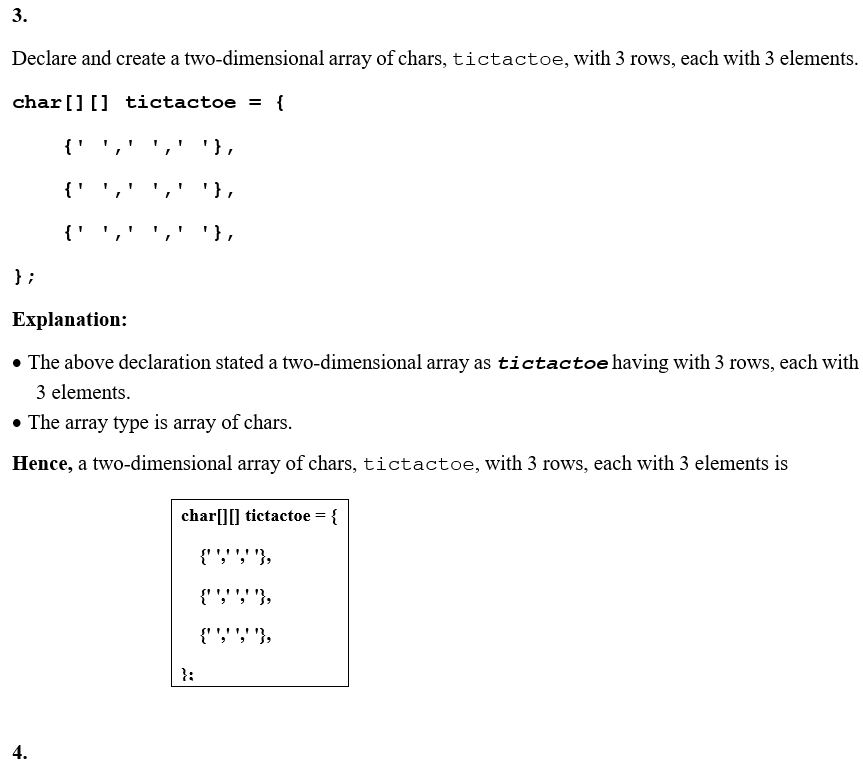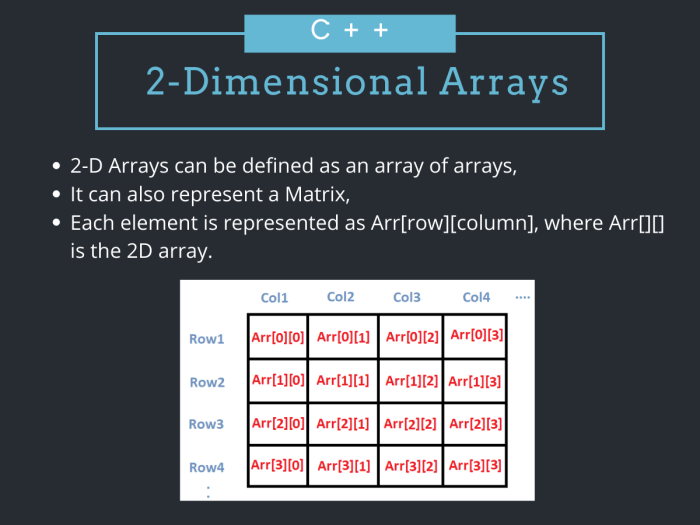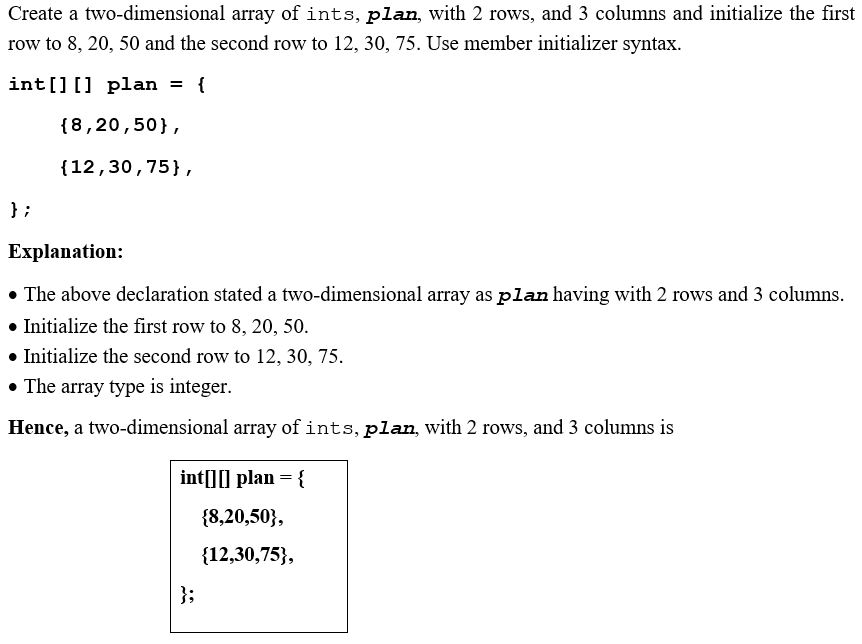Declare a two dimensional array of strings named chessboard – In the realm of programming, declaring a two-dimensional array of strings named “chessboard” serves as a foundational step in representing the intricacies of a chessboard. This array provides a structured and efficient way to store and manipulate the data associated with each square on the board, enabling the simulation of chess moves and the visualization of the game’s progress.
The versatility of the chessboard array extends beyond chess, finding applications in game development and AI research. By leveraging its underlying principles, developers can create complex game systems and simulations that harness the power of two-dimensional data representation.
Introduction

A two-dimensional array of strings named “chessboard” is declared to represent the state of a chess game. This array serves as a virtual representation of the 8×8 chessboard, where each element corresponds to a square on the board.
The use of a two-dimensional array is particularly suitable for representing a chessboard because it allows for efficient access to each square’s information and easy manipulation of piece movements.
Syntax and Declaration
The syntax for declaring a two-dimensional array of strings in a programming language typically involves specifying the array’s dimensions and the data type of its elements.
For instance, in Java, the following code declares a two-dimensional array of strings named “chessboard”:
String[][] chessboard = new String[8][8];
Here, the first dimension represents the rows (8 rows), and the second dimension represents the columns (8 columns) of the chessboard.
To initialize the chessboard array with appropriate values representing the initial state of a chess game, each element can be assigned a string value indicating the piece occupying that square. For example:
chessboard[0][0] = “♜”; // Black rookchessboard[0][1] = “♞”; // Black knightchessboard[0][2] = “♝”; // Black bishop…
Accessing and Manipulating Elements

To access a specific element in the chessboard array, indices are used. The first index represents the row, and the second index represents the column.
For instance, to retrieve the piece occupying the square in the first row and second column, the following code can be used:
String piece = chessboard[0][1];
Modifying the values of elements in the array allows for simulating chess moves. By updating the string value of an element, the piece occupying that square can be changed.
Common operations performed on the chessboard array include:
- Moving pieces: Update the element’s value to reflect the new position of the piece.
- Capturing pieces: Set the element’s value to null or an empty string to indicate that the square is now unoccupied.
- Checking for check: Iterate through the array to determine if the king of a particular color is under attack.
Visualizing the Chessboard
To visualize the chessboard array as a graphical representation, different methods can be employed.
One approach is to create an HTML table, where each cell corresponds to a square on the chessboard. The string value of the corresponding element in the chessboard array can be used to determine the piece to display in each cell.
Alternatively, a console-based representation can be created using characters to represent the pieces. For example, “♜” for a rook, “♞” for a knight, and “♚” for a king.
CSS or other styling techniques can be used to enhance the visual appeal of the chessboard, such as adding colors, borders, and piece icons.
Applications and Extensions: Declare A Two Dimensional Array Of Strings Named Chessboard

Beyond chess, the chessboard array can be applied to various game development or AI research scenarios.
For instance, in game development, the chessboard array can be used as a foundation for building other board games, such as checkers or go.
In AI research, the chessboard array can be employed to develop algorithms for game-playing agents or to study search and optimization techniques.
Possible extensions or modifications to the chessboard array include adding additional dimensions for representing a three-dimensional chessboard or incorporating different data types to store additional information about each square.
Commonly Asked Questions
What is the purpose of declaring a two-dimensional array of strings named “chessboard”?
Declaring a two-dimensional array of strings named “chessboard” provides a structured way to represent the data associated with each square on a chessboard, enabling the simulation of chess moves and the visualization of the game’s progress.
How do I access specific elements from the chessboard array?
Specific elements from the chessboard array can be accessed using indices. Each element is identified by its row and column indices, allowing for efficient retrieval and manipulation of data.
Can the chessboard array be used for applications beyond chess?
Yes, the chessboard array can be used for a variety of applications beyond chess, including game development and AI research. Its versatility and extensibility make it a valuable tool for representing and manipulating two-dimensional data.